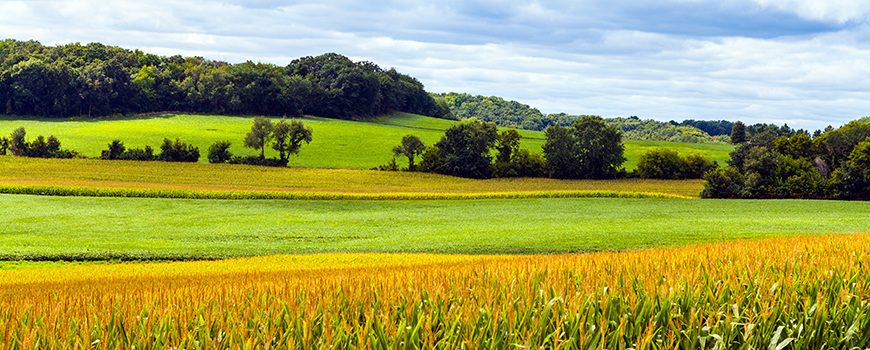
DESCRIPTION
Crop rotation is the successive planting of different crops on the same land, following a defined order. This concept is opposed to monoculture, which consists of repeated planting of the same species in the same field year after year.
BENEFITS
The introduction of appropriate crop rotations brings a number of improvements which result in increased yields:
- Reduces the incidence of pests and diseases: changing the crop means a change of habitat, so the life cycles of pests and diseases are interrupted.
- Weeds can be kept under control by using asphyxiating crop species, via cover crops, which are used as green manure, or by sowing winter crops when it is allowed by temperature conditions, soil moisture or irrigation.
- Provides a more appropriate distribution of nutrients in the soil profile (crops which are more deeply rooted extract nutrients at a greater depth).
- Helps reduce economic risk, if any eventualities occur affecting any of the crops.
- Allows regulation of the amount of crop residues, since they can be alternated crops that produce negligible residues, with others that generate an abundance of them.




